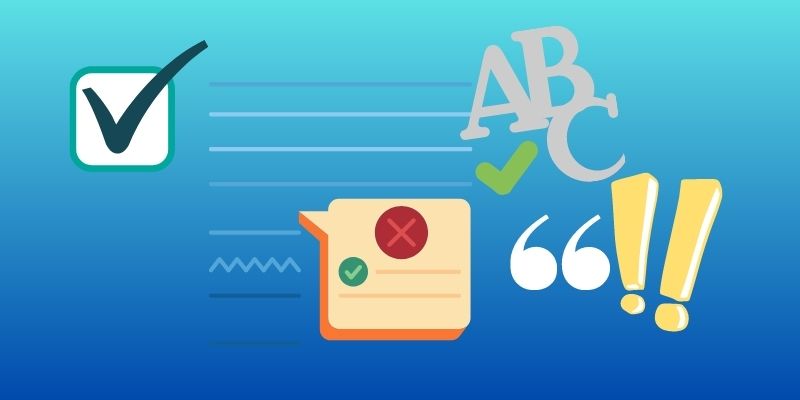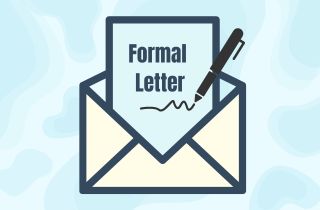A formal letter is a representation of your professionalism. Maintaining the right format throughout the letter is necessary. It is to create a positive impression on the recipient. Proper formatting will ensure the letter looks organized and is easy to read. It is a good way of conveying your message. Following formatting guidelines for formal letter templates provides numerous benefits. It helps to communicate your message. It will impress the reader with your professionalism and attention to detail. Moreover, it makes it easier for the recipient to understand the purpose of your letter. Adhering to a standard format also helps to establish credibility. It gives respect to your business or organization. This article provides the full guide to creating a properly formatted format letter. It meets all the necessary guidelines and requirements. Read on to learn the importance of proper formatting in formal letters. Also, learn how it can benefit you and your organization.
Purpose of Formal Letter
A. Defining the Purpose and Objective of the Letter
Before starting to draft a formal letter, understand the meaning of the communication. This helps shape the letter's tone and ensures it is focused and concise. A well-defined purpose also helps ensure your letter stays on topic. It avoids rambling or irrelevant information. In addition, defining your formal letter's purpose and objective helps establish a clear call to action for the recipient. It encourages them to respond or take the necessary action.
B. Different Types of Formal Letters and Their Specific Requirements
There are various formal letters, each with particular requirements and guidelines. You can pertain to this free formal letter template for the following examples below. You can open the template and edit the content based on your requirements. Above all, here's an overview of the most common types of formal letters and their respective purposes.
- Order Letter: An order letter is used to request goods or services from a supplier. It is essential to provide a clear and detailed description of the product or services needed. It includes qualities, specifications, and delivery dates. It should consist of the names and addresses of both the sender and recipients. Make a clear subject line stating the purpose of the letter. You can use a business letter template to ensure all the necessary components. It includes the date, recipient name, and address with order details and terms. You can use this sample template and make the necessary modifications. The template is editable for further addition of details. You can also edit the date, recipient name, and the signature.
- Inquiry letter: An inquiry letter requests information from a person or organization. It includes a clear and specific request for information. It also gives relevant background or context. It is important to provide a clear and professional tone in the letter. Ensure to include proper greeting and closing lines.
- Cover Letter: A cover letter is usually used to accompany a job application or resume. It should introduce the sender and their relevant qualifications. It contains experiences and interests. There are also highlights of skills and achievements that make them suitable candidates.
- Complaint letter: A complaint letter expresses dissatisfaction or complaints about a product, service, or issue. It should clearly state the nature of the complaint. It provides relevant details and supporting evidence. It includes any specific actions or compensation the sender seeks.
- Recommendation letter: A recommendation letter is used to endorse or recommend someone. It can be for a specific position, school application, or program. It should include a clear recommendation statement. Provide specific examples or evidence to support the endorsement.
C. Tailoring your Formatting to Suit the Letter's Purpose
It is important to tailor the formatting of each type of formal letter to suit its purpose. For example, a legal letter format should include a concise list of items or services needed. Each letter should have a professional tone and include appropriate greetings and sign-offs. The formatting of a formal letter is crucial in conveying the intended message effectively. We recommend you explore various professional letters similar to this template. Add your personal touch and adjust the format and tone to suit your needs while including all necessary components.
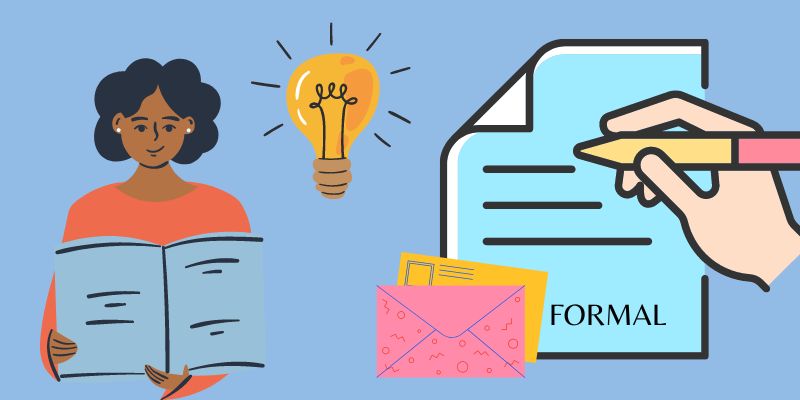
Tips in Writing Formal Letter
1. Tips in Writing Formal Letter
Identifying the recipient and their details: Identifying the recipient and their details before writing a formal letter is important. It includes their name, job title, organization or company name, and address. Furthermore, it is crucial to gather essential information. To help write a comprehensive and effective formal business letter.
Including your contact information: To ensure the recipient of your letter can easily reach you, kindly include your complete name, residential address, phone number, and email address. This will showcase professionalism and establish trustworthiness.
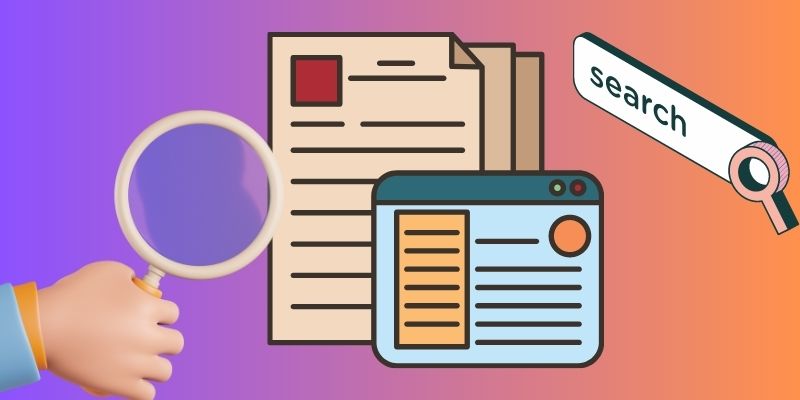
2. Choosing the Appropriate Format
Differences between the block and modified block formats: Two main formats are used in formal letter wiring, block, and modified block. The block format involves aligning all text to the left margin. The modified block format uses a slightly indented date and closing section. Moreover, the modified block format also includes a subject line and the recipient's address aligned to the right. Consider the purpose of the letter and the level of formality needed. It is best for choosing the appropriate format for a request letter template. This request letter template can be used to edit and tailor the format to suit your specific needs.
Selecting the format that aligns with your letter's purpose: Selecting the appropriate format becomes crucial. Choosing the right format for a formal letter template is essential. It is to ensure your message is communicated clearly and efficiently. Additionally, it is important to consider the expectations of the recipient or the organization they represent.
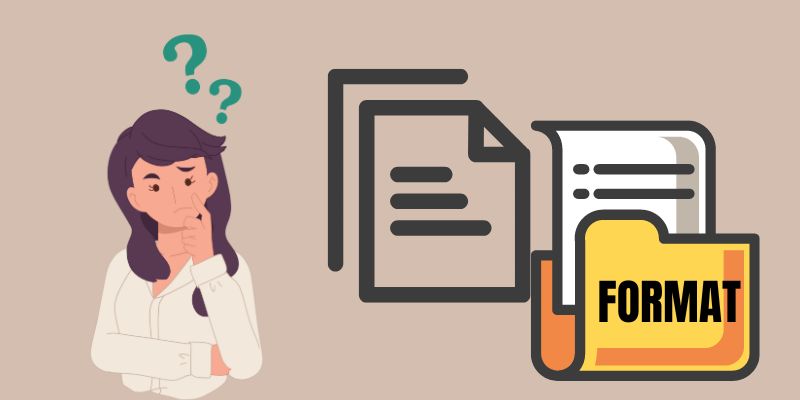
3. Adding the Date and Reference Line
Placement and formatting of the date: The date should be included at the top of the business introduction letter. It must be aligned to the left margin in the block and modified block formats. The date formatting should follow a consistent and clear format. "February 10, 2021' or "February 10, 2021". Avoid using abbreviations and spell out the month in full to ensure clarity.
Including a reference line: In some cases, it may be necessary to include a reference line. It indicates the purpose or subject of the letter. Adding a reference line follows the date and briefly describes the subject matter. Moreover, including a reference line can help the recipient understand the letter's purpose. Prioritize their response accordingly.
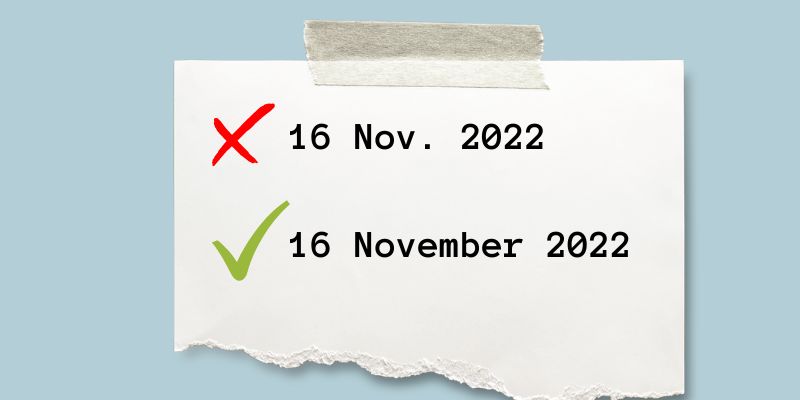
4. Addressing the Recipient
A. Proper salutations for different scenarios
Addressing the recipient in a formal letter requires proper salutations. Researching and understanding the appropriate salutations for different scenarios is important. It is based on the recipient's title or position. For example, "Dear Mr./Ms./Dr. [Last Name]" is appropriate for a professional letter template to an individual with a professional title.
B. Using the correct titles and names
Using the right titles and names for recipients in a formal letter is crucial. Double-check the spelling of names. Ensure that professionals' titles and academic degrees are used correctly. Also, if the recipient is part of a specific organization, include the full name and address of the organization in addition to their personal information to ensure accuracy.
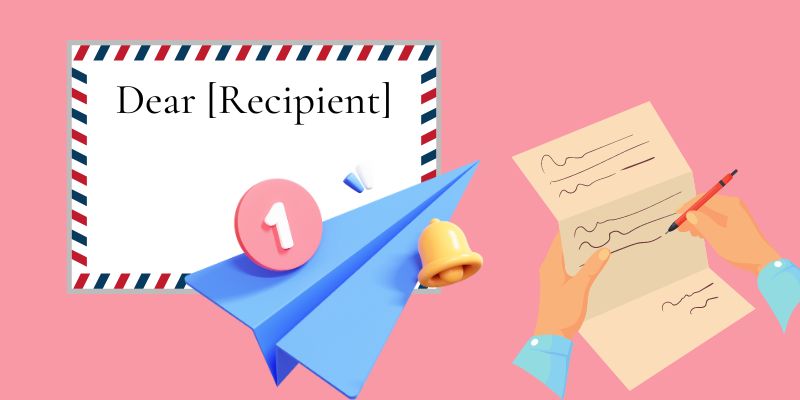
5. Structuring the Body of the Letter
Structurally the body of the letter should follow a clear and logical flow. The body typically includes an introduction, main points or arguments, supporting evidence or details, and a conclusion. Organizing the ideas in a letter is important so that they are easy for the reader to understand and follow. Furthermore, the language used in the body should be formal and concise. Make sure that the tone of the letter aligns with its intended purpose. In addition, using transition words or phrases can help to connect ideas and make the letter easier to read. Overall, it is important to remember that a formal letter represents the writer and their organization. Therefore, attention to the letter's language, structure, and formatting is important. For a professional and polished final product, it's recommended to use editable templates and AcePDF software. It helps to make any necessary modifications. This tool can assist with formatting, editing, and proofreading to ensure the letter is high quality before sending.
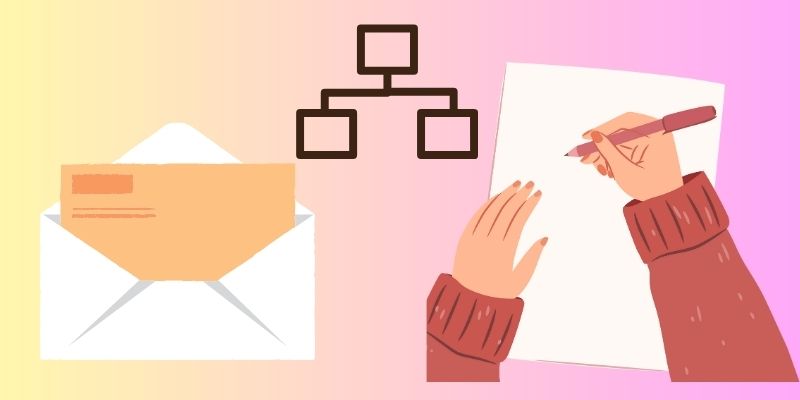
6. Adding Your Signature and Printed Name
Handwritten vs. digital signatures: In a formal email template, including a signature after the closing is appropriate. This can be done by signing the letter by hand or using a digital signature. When using a digital signature, it is important to ensure that the format chosen complies with the legal requirements and industry standards. It is also important to include the printed name of the sender below the signature.
Placement and formatting of the signature: The placement and formatting of the signature should be carefully considered. It helps to maintain a professional appearance. It is recommended to place the signature block directly below the complimentary close and above the printed name. Have the signature in black ink and ensure that it is legible.
Including your printed name and title (if applicable): Including your printed name and title below the signature is recommended. It is for clarity and professionalism. You can use a signature block with your name, title, contact information, and other relevant details. Overall the signature adds a personal touch and finalizes the letter.
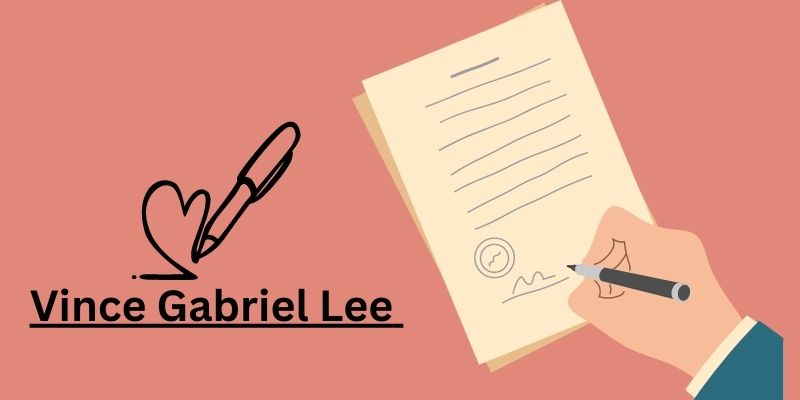
Review the Final Letter
It is important to review grammar, spelling, and punctuation thoroughly. This helps ensure the letter is error-free and reflects well on the writer and their organization. A grammar and spell-check tool is recommended to assist you in this process. Also, reading the letter aloud or having someone else review it. It can help catch any mistakes that may have been missed. It will demonstrate attention to detail and professionalism. It leaves a positive impression on the recipient.
